
Going to purchase plywood with the mindset that the thicker one is better? You need to reconsider!
Plywood thickness indicates the product's strength and load-bearing capacity. But there are application areas where load isn’t even a concern. Would you still opt for the thick one where thin plywood is needed? The decision requires knowledge about different types of plywood thickness and their role. This article will guide you in asking the right questions and subsequently making the right choice.
Plywood thickness refers to the measurement of the distance between the two surfaces of the plywood sheet. It is expressed in millimetres and depends on the manufacturing application and the purpose of the plywood. The thickness ranges from 4 mm to 25 mm and impacts the plywood's strength and flexibility. The thinner plywood is flexible and lightweight, while the thicker ones can carry heavy loads and have greater strength.
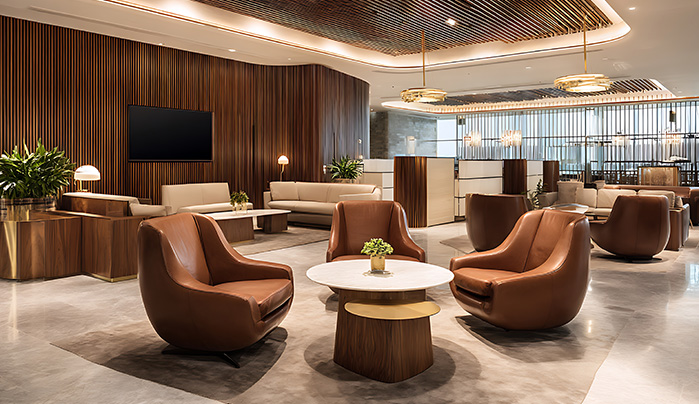
The different types of plywood thickness include:-
Feature: This one is the thinnest and lightest plywood among the different available options. It is bendable, allowing for a perfect fit for curved surfaces. Further, they are easy to cut with basic tools.
When to use: 4 mm CenturyPly plywood like Century Sainik or Century Club Prime are suited for creating lightweight furniture such as partitions, false ceilings, cabinets, table tops, shelves, back of the wardrobes, wall panels, CenturyLaminate backing, and other decorative uses.
When not to use: These are not an effective source of structural strength or for heavy loads.
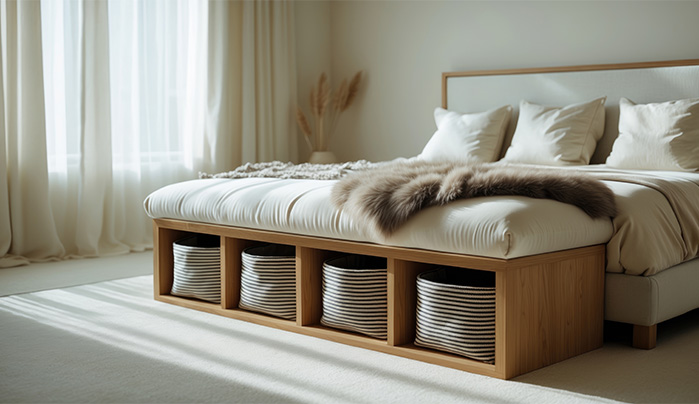
Feature: While thicker than 4 mm plywood, they are still thin, flexible and designed for non-load-bearing applications. They are also easy to cut and bend, offering wide usage for fitting into different shapes.
When to use: The BWP grade Sainik 710, Bond 710 and others come with borer and termite resistance and more features. It makes them suitable for use at drawer bottoms, partitions, and cabinet backs in kitchens, bathrooms, and living rooms.
When not to use: These are not suited for heavy-duty cabinets, door skins, and shelves.
Feature: Upgrading in thickness compared to the previous options, these are also suited for lightweight manufacturing of plywood products. However, they exhibit strength and rigidity, enhancing their usage.
When to use: The 9 mm CenturyPly plywood, like Club Prime, Architect Ply, and others, can be used in modular panelling, lightweight furniture, and as a stable base for surface finishes that need more support.
When not to use: They are still not recommended for weight-bearing furniture such as bookcases or heavy doors.
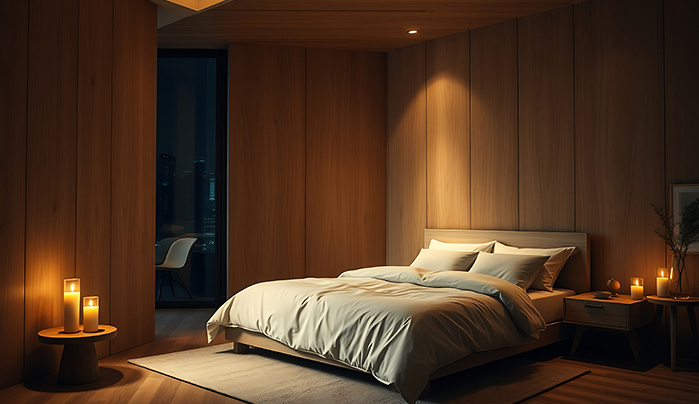
Feature: The plywood with a 12 mm thickness is considered a medium-thickness plywood. It offers both strength and flexibility. These are also easy to handle.
When to use: These, including Architect Ply, Club Prime, and others, are appropriate for applications in wardrobes, outdoor projects, door skins, table tops, shelves, and indoor structure panels across all moist and dry locations of the place.
When not to use: This plywood cannot be used as solid doors, for high-load surfaces, and stair treads.
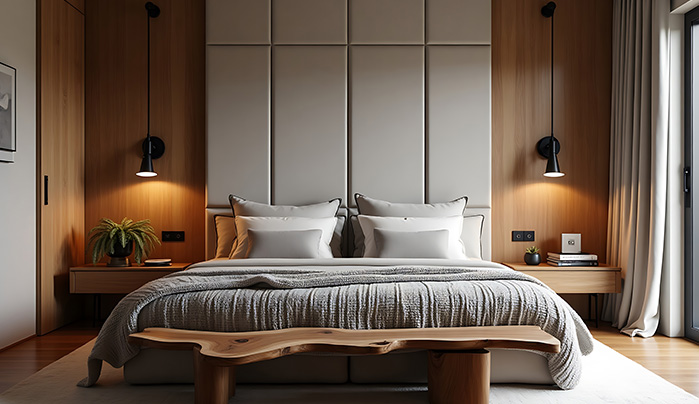
Feature: The plywood with 16 mm thickness offers the right thickness, rigidity, and strength for usage. While being light and flexible for use, they impart enough strength for applications.
When to use: These plywoods are fit for usage in small room partitions, heavy partitions, staircase underlays, cabinetry, and interior doors.
When not to use: Not suitable for light fittings requiring thin plywood or as decorative laminate.
Feature: The 19 mm plywood offers quality strength for both furniture and construction.
When to use: These plywoods, available with Firewall and ViroKill technology, among other features, are commonly used in flooring, kitchen cabinets, wardrobes, desks, wall partitions, and countertops.
When not to use: The 19 mm dimension plywood exhibits excess thickness for use in drawer bottoms, lightweight doors, and flexible panelling, making them unsuitable for such applications.
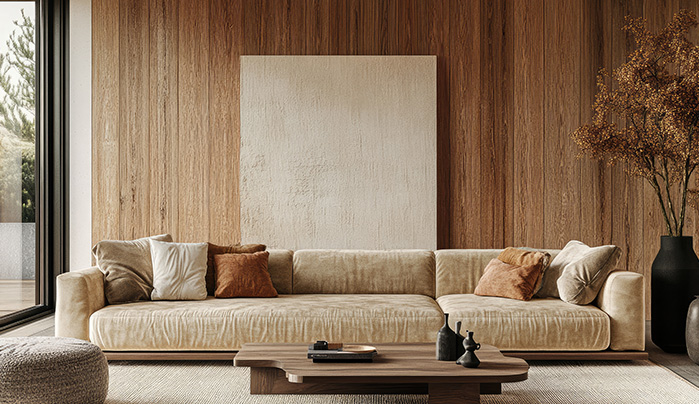
Feature: These are the thickest plywood and, hence, the high-strength ones. It makes them suitable for construction use due to their best load-bearing capacity. Their durability and strength are also top-notch, thus making them resistant to warping.
When to use: They can offer structural support and be used in a framework for construction sites. They are also suited for furniture, shelves, and floors owing to their marine-grade and fire-retardant options, among other characteristics.
When not to use: They are not suitable for applying veneers or laminates due to their extra thickness.
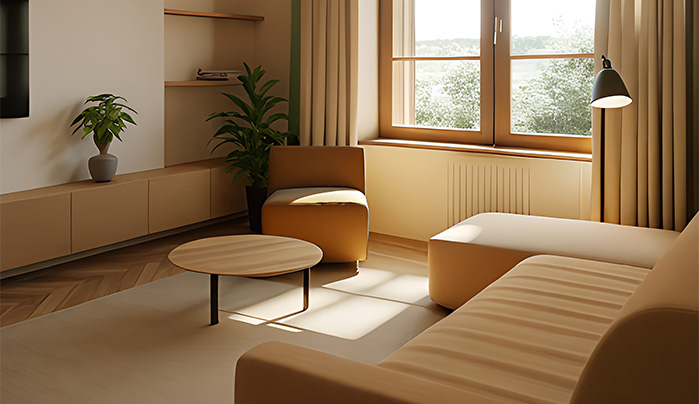
The plywood size and thickness must be accurate to get the desired characteristics and features. It requires experience and familiarity with different thicknesses to make the right choice. Here are the insights into the reasons for having the right plywood thickness:
The thickness plays a key role in determining the amount of weight the plywood can hold. It is representative of plywood’s strength. The wrong choice can lead to its bending or warping under pressure. Hence, an appropriate thickness ensures the desired usage for a long time without compromising results. It makes the plywood optimal for incorporation in doors, wardrobes, and furniture surfaces.
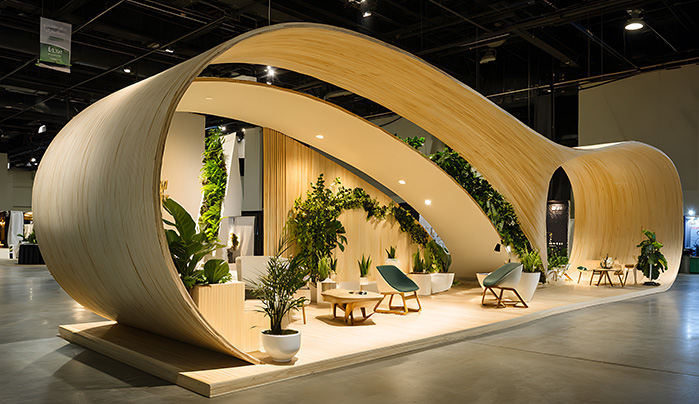
The adhesion of veneers and laminates for decorative and aesthetic purposes requires plywood of the right thickness. The correct thickness enables proper adhesion, as an excessively thin board may result in poor bonding and uneven surfaces.
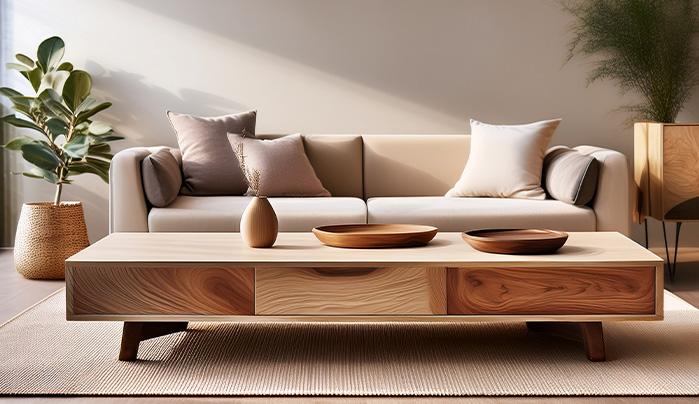
The thickness of plywood, when being used in doors and shutters, also requires the usage of hinges and screws. The appropriate thickness is necessary here to allow proper functionality without adding to the challenges of securing the screw hinges. It also offers proper joining and long-term holding.
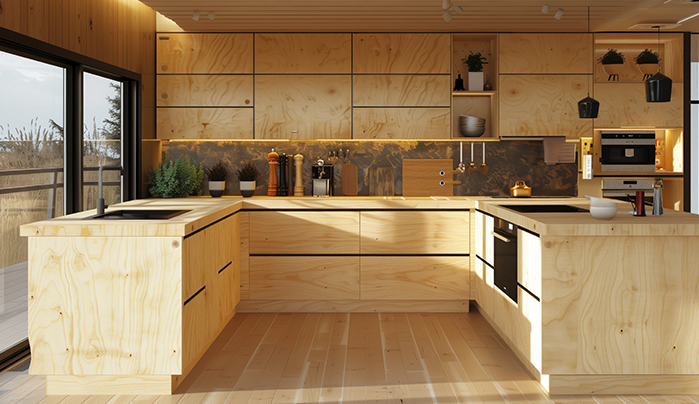
The use of highly thick plywood for objects that require thin plywood can lead to unnecessary expenditures. Hence, thoughtful decision-making, depending on the use case, prevents excess costs.
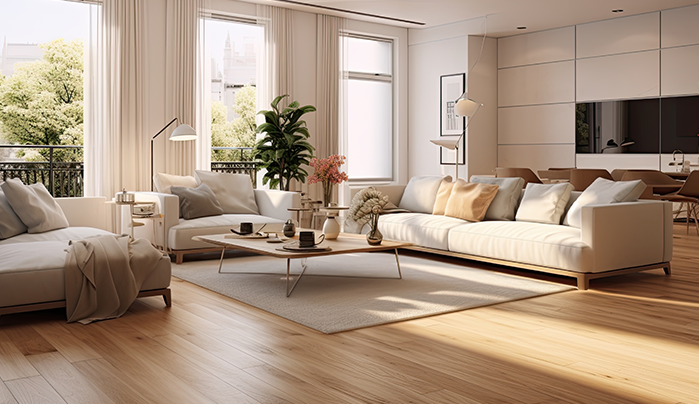
The plywood thickness also contributes to thermal and sound control. The thick plywood acts as a barrier against outside heat and noise. It makes their application suitable for room partitions and bedrooms, contributing to noiseless and warm surroundings. They can also be combined with CenturyLaminates and CenturyVeneers to add an extra layer of insulation, allowing comfort and privacy indoors.
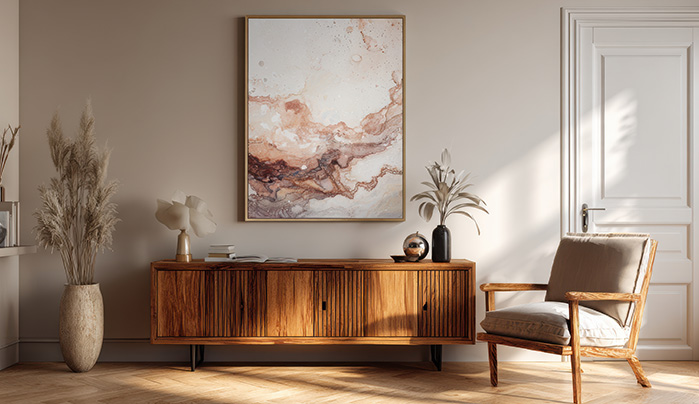
The plywood-based renovation or new design of a home requires insights into various aspects. Besides the characteristics of the plywood of choice, choosing it based on the available thickness material is also necessary. With different types of thickness availability, ranging from 4 mm to 25 mm, the appropriateness of each depends on various factors like use, plywood quality, strength requirements, and others. The decision should be made accordingly. If you are unable to finalise, connect with us now for assistance.
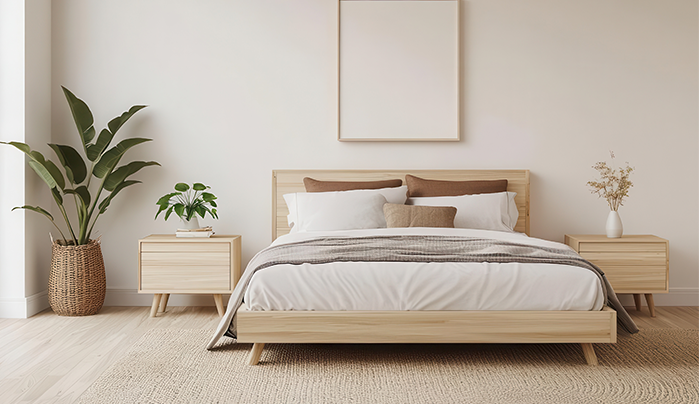
The choice of plywood depends on the application and purpose of the usage, load-bearing capabilities, quality and grade, plywood thickness, plywood sizes, budget, environmental impact, resistance against pests and others.
Plywood is widely used for making furniture, wardrobes, beds, doors, desks, flooring, wall panels, partitioning and others. It also serves as the base material for applying veneers and laminates.
No, the use case defines the right thickness of the plywood. Application of thick plywood in the areas requiring thin plywood will be cost-intensive, lead to extra weight to the structure, will reduce the handling and installation and be challenging to work with.
Loading categories...